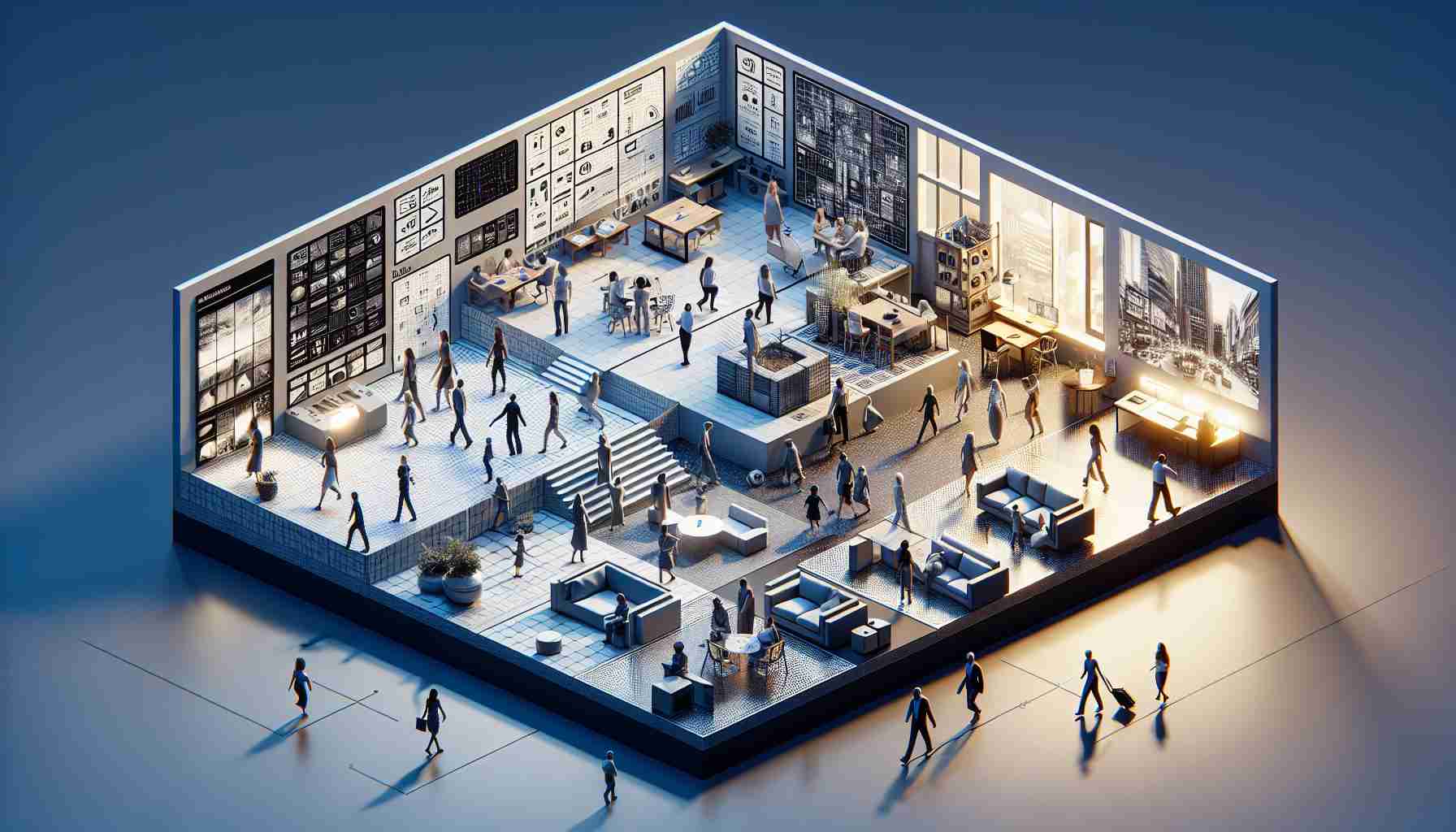A single object has the power to influence our actions and behaviors in unexpected ways. Take for example, a simple lime-squeezer. Architects and designers often debate whether design follows function or vice versa. However, it is undeniable that the design of an object can significantly shape our behavior. Our interactions with everyday items are subtly guided by their design elements.
Consider the vast scope of design, from the grand architecture of buildings to the minutiae of household tools. Each design choice, whether intentional or not, has the potential to impact how we engage with the world around us. From the layout of a public space to the ergonomic design of a kitchen gadget, the influence of design on human behavior is profound.
Through collaboration with organizations like the National Academy of Design, designers have the opportunity to explore the intersection between form and function. By carefully considering how a design will be used and experienced by individuals, designers can create objects that not only serve a practical purpose but also elicit specific behaviors from users.
Ultimately, design plays a crucial role in shaping the way we navigate our environment and interact with the objects within it. Whether consciously or subconsciously, the design of the world around us influences our actions and behaviors, highlighting the profound impact of design on human experience.
Design Impacts Beyond Aesthetics: Design not only affects the visual appeal of objects but also influences human behavior in deeper ways. For instance, studies have shown that the color of a room can impact people’s moods and productivity levels. This raises questions about how design elements like color, texture, and lighting can be tailored to create specific behavioral responses in different settings.
The Role of Design in Encouraging Healthy Behavior: Designers are increasingly focusing on creating environments that promote health and well-being. From designing buildings that encourage physical activity to crafting user-friendly interface designs for health apps, there is a growing emphasis on using design to positively influence people’s behavior towards healthier choices.
Key Question: How can designers strike a balance between aesthetics and functionality while also considering the impact on human behavior? Achieving this balance requires a deep understanding of user psychology and behavior to create designs that are not only visually appealing but also intuitive and conducive to desired actions.
Advantages: Well-thought-out design can enhance user experiences, improve efficiency, and contribute to a sense of well-being. By considering human behavior in the design process, products and spaces can be tailored to meet users’ needs and preferences, ultimately leading to better outcomes.
Disadvantages: One challenge associated with the impact of design on human behavior is the potential for unintended consequences. Design choices that may seem minor or insignificant could have unforeseen effects on how individuals interact with their surroundings. Additionally, conflicting preferences among users can make it challenging to create universally appealing designs that cater to diverse behavioral tendencies.
Controversies: There is ongoing debate about the ethical implications of using design to influence behavior, particularly in areas such as marketing and advertising. Critics argue that manipulative design practices can exploit vulnerabilities and push individuals towards certain actions without their full awareness or consent.
For further exploration on the topic of design and human behavior, you may find valuable insights in Design Council, an organization dedicated to promoting the value of design in various sectors.








